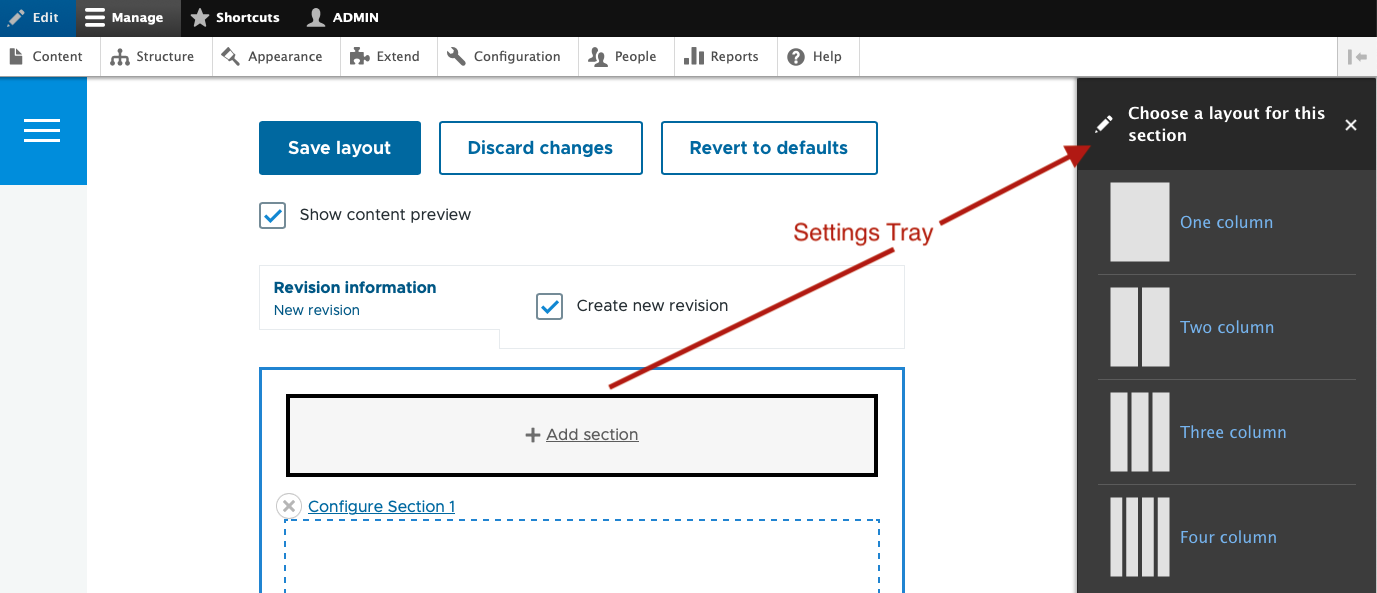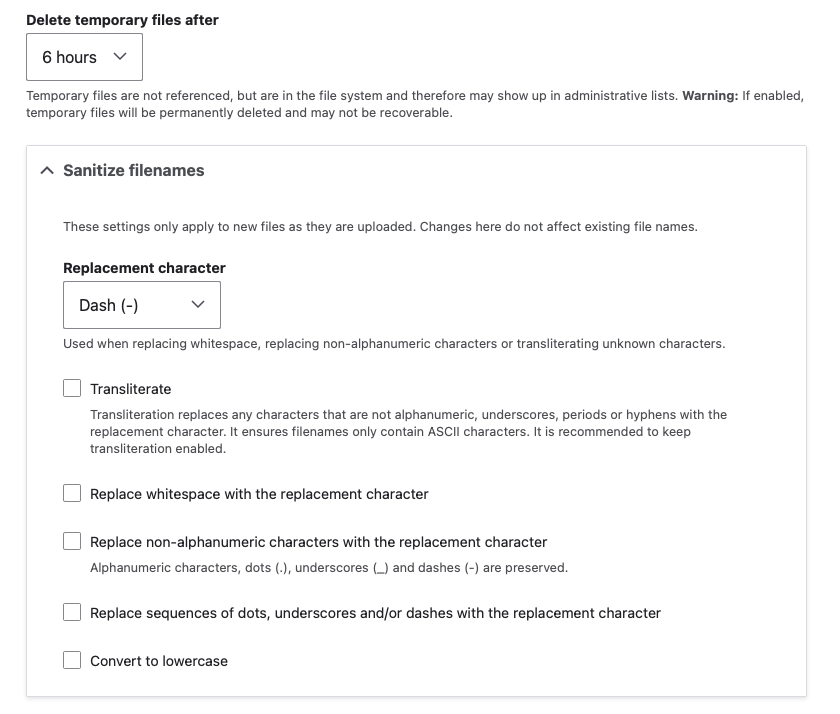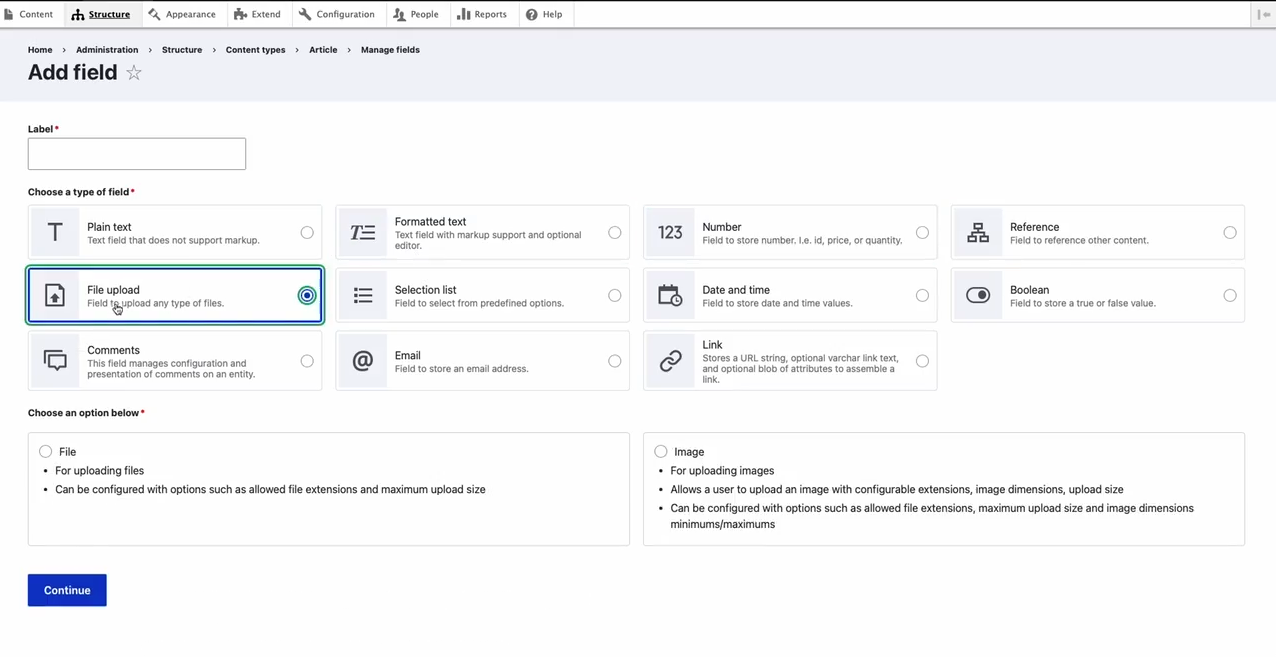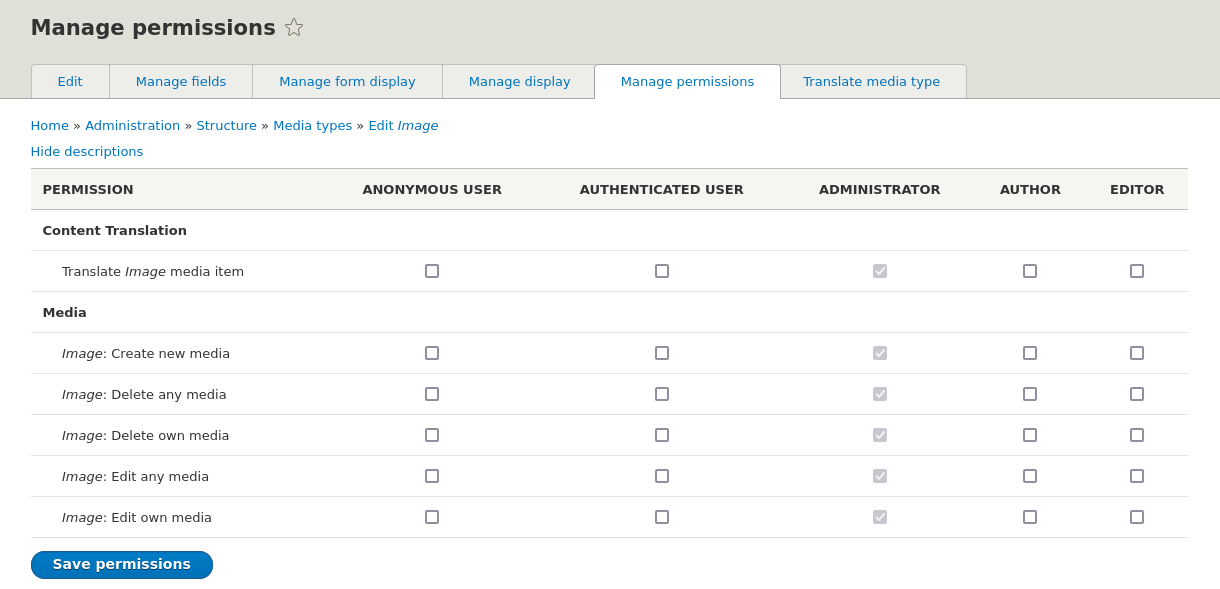
We’re excited to hear your project.
Let’s collaborate!

Drupal, known for its robustness and scalability still often surprises with its capacity for continuous growth. Working across different versions of Drupal core for various client projects, it's easy to become accustomed to the established setup for those projects. Especially when dealing with a large amount of additional Contributed Modules (easily 80 to 140+ additional modules). This might give the impression that Drupal remains static. However, the landscape shifts dramatically during Drupal core's major 'release days,' marking opportunities to update and enhance ongoing projects. With the advent of Drupal 10.2, let's delve into the latest enhancements!
This module allows themes and modules to create “components'' consisting of a directory containing a Twig template, YML metadata, and optional JavaScript and CSS files. The JavaScript and CSS are automatically loaded when the component is used.
The landscape of Content and Sitebuilding has undergone a significant transformation since the introduction of Layout Builder in Drupal 8. The addition of the Settings Tray  also started melding front-end and backend creation with Sub-forms. Today, Drupal 10 is doubling down withSingle Directory Components. Certainly tools like Paragraphs (partially Layout Paragraphs) have helped push away from older construction habits like nesting Inline Form Entity References. The Drupal Community is swiftly adapting to a more consistent content construction approach, addressing real-world content needs and moving away from traditional theme tie-ins that might result in the loss of Formatting nested Fields and cross links Field states logic within preprocess tasks.
also started melding front-end and backend creation with Sub-forms. Today, Drupal 10 is doubling down withSingle Directory Components. Certainly tools like Paragraphs (partially Layout Paragraphs) have helped push away from older construction habits like nesting Inline Form Entity References. The Drupal Community is swiftly adapting to a more consistent content construction approach, addressing real-world content needs and moving away from traditional theme tie-ins that might result in the loss of Formatting nested Fields and cross links Field states logic within preprocess tasks.
Drupal core has started adopting PHP attributes, a modern PHP language feature, to provide better developer experience for plugin annotations. Contributed and custom code can begin adopting this improved API for their plugins, and Block and Action plugins can all be converted to the new API.
The incorporation of Doxygen annotations, commonly referred to as "docblock" plugins, has proven to be a significant enhancement to Drupal, particularly during the Drupal 8 and PHP 7 era. These annotations serve as the foundation for Drupal's Plugin System, a distinct entity from Drupal's Extension (or Module, "Extend") System. This recognition has substantially expanded Drupal's capacity to identify and incorporate these definitions, consequently influencing the extension and plugin systems, which form the core of Entity Type Definitions. Notably, the Drupal Community acknowledged the significance of this pattern even before PHP itself was prepared to include it.
 As projects expand, the accumulation of various file assets, including images, videos, and documents, becomes inevitable, with many of these files intended for public access. To streamline file management, Drupal adopts the practice of organizing files into monthly folders by default. This approach proves particularly effective for hosting systems dealing with substantial volumes, surpassing 250,000 files, for instance. Moreover, Drupal tackles the prevalent challenge of inadequately named files through transliteration. This systematic process optimizes file names, especially those featuring non-English characters or spaces, ensuring they align with web-friendly standards and maintain compatibility with various browsers.
As projects expand, the accumulation of various file assets, including images, videos, and documents, becomes inevitable, with many of these files intended for public access. To streamline file management, Drupal adopts the practice of organizing files into monthly folders by default. This approach proves particularly effective for hosting systems dealing with substantial volumes, surpassing 250,000 files, for instance. Moreover, Drupal tackles the prevalent challenge of inadequately named files through transliteration. This systematic process optimizes file names, especially those featuring non-English characters or spaces, ensuring they align with web-friendly standards and maintain compatibility with various browsers.
A major workflow improvement is certainly the overhaul of the ‘Field Builder’. Drupal’s key strength is certainly its ability to scaffold between Field selection and Drupal’s central Database storage (MySQL). True to say, the Field API suffered from being too developer centric this way. Now, there's a marked improvement with clear explanations and accessible follow-ups during on-screen sub-option selections. This ensures a more digestible experience, eliminating the struggle to retain crucial information at this pivotal stage of Sitebuilding.

 With respect, Media has evolved and become recognized as a First class content citizen. Widely expanded User Permissions allow for Revision and Replacement of Living Media content. Drupal core stepped up to recognize the importance of its own in-house Revision Differences. Now provides a UI for viewing, reverting and deleting individual revisions. The integration with CKEditor5 and Drupal's 'Media Embed' plugin has been tightened, ensuring a closer collaboration than ever before!
With respect, Media has evolved and become recognized as a First class content citizen. Widely expanded User Permissions allow for Revision and Replacement of Living Media content. Drupal core stepped up to recognize the importance of its own in-house Revision Differences. Now provides a UI for viewing, reverting and deleting individual revisions. The integration with CKEditor5 and Drupal's 'Media Embed' plugin has been tightened, ensuring a closer collaboration than ever before!

![]() PHP 8.3 made its debut just as Drupal 10.2 was released in December 2023, and Drupal is already fully compatible with this latest PHP version. The Drupal project and its community of developers comprehend the significance of staying in sync with the ever-changing technology landscape. Instead of fretting about what comes next, we view it as a wave that we are poised to ride when it arrives.
PHP 8.3 made its debut just as Drupal 10.2 was released in December 2023, and Drupal is already fully compatible with this latest PHP version. The Drupal project and its community of developers comprehend the significance of staying in sync with the ever-changing technology landscape. Instead of fretting about what comes next, we view it as a wave that we are poised to ride when it arrives.
Let us guide you through what lies ahead! Our Drupal experts are ready to assist you to achieve your goals. Let’s talk!

We’re excited to hear your project.
Let’s collaborate!